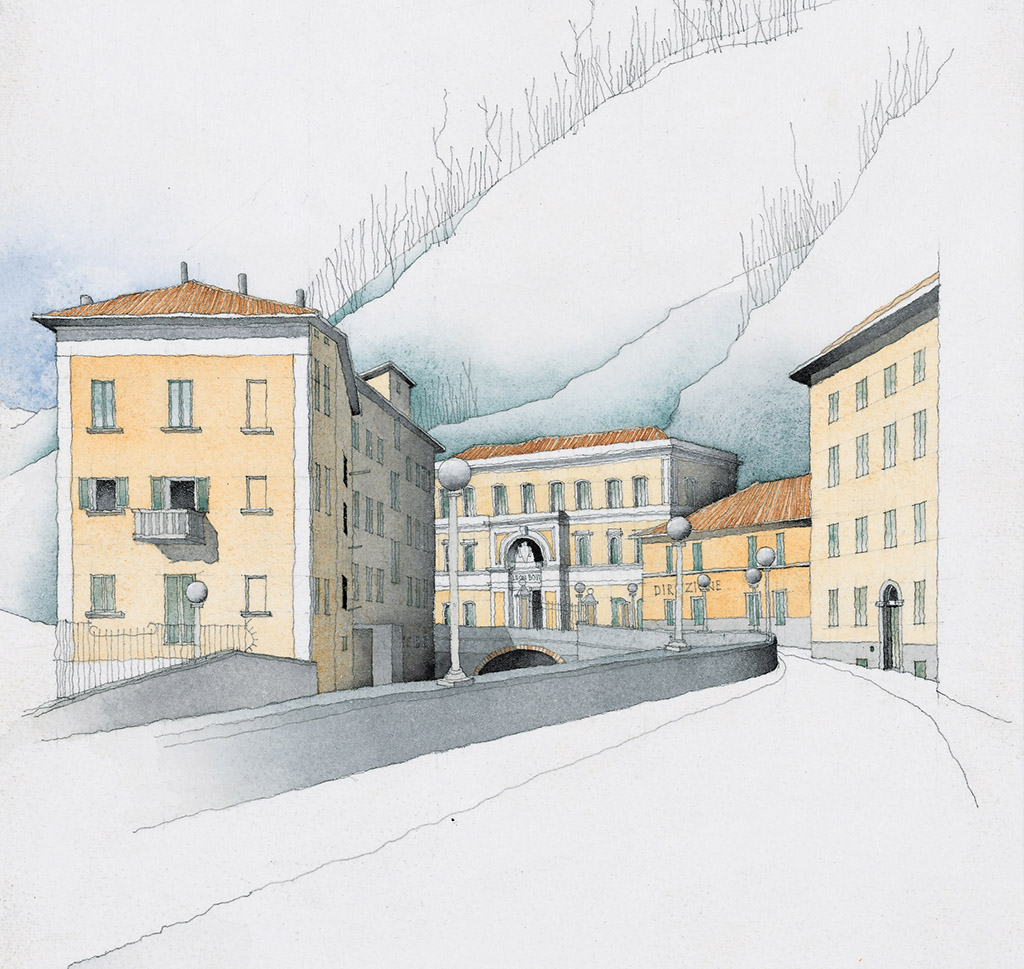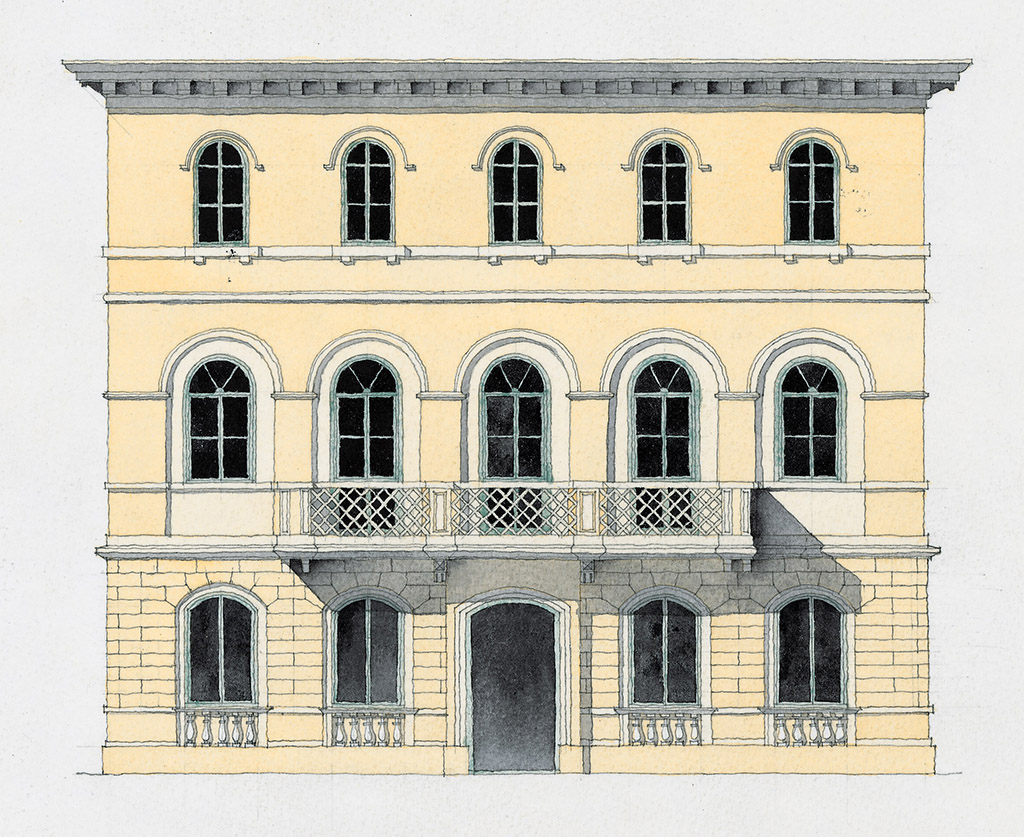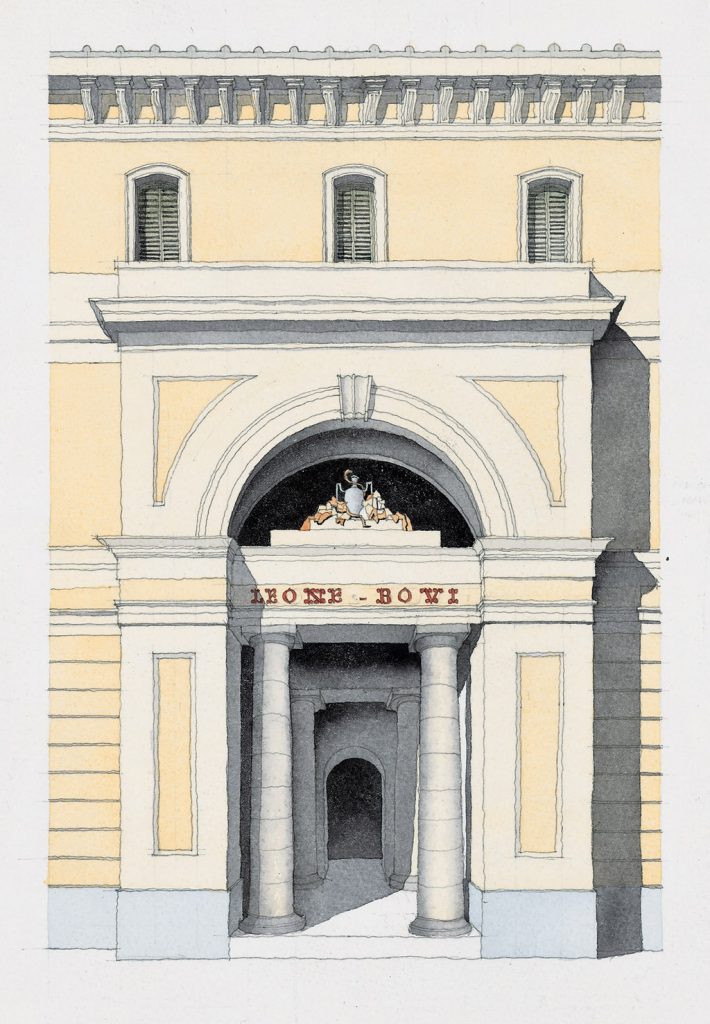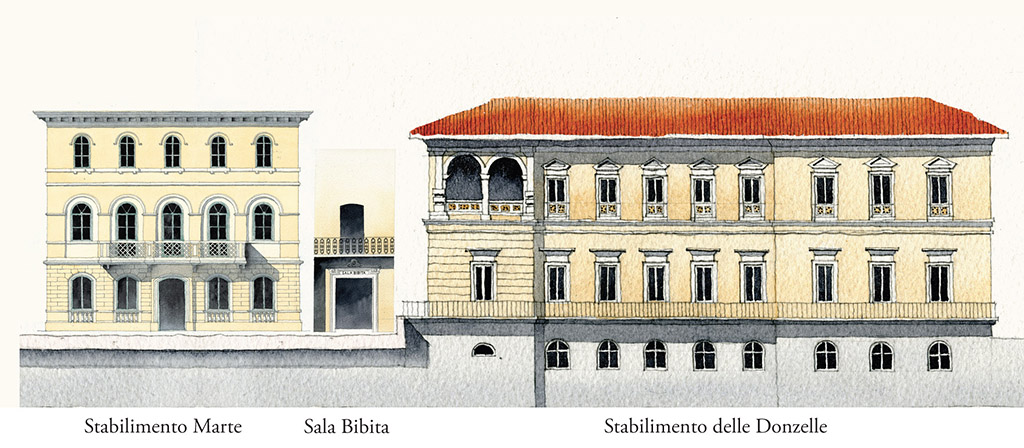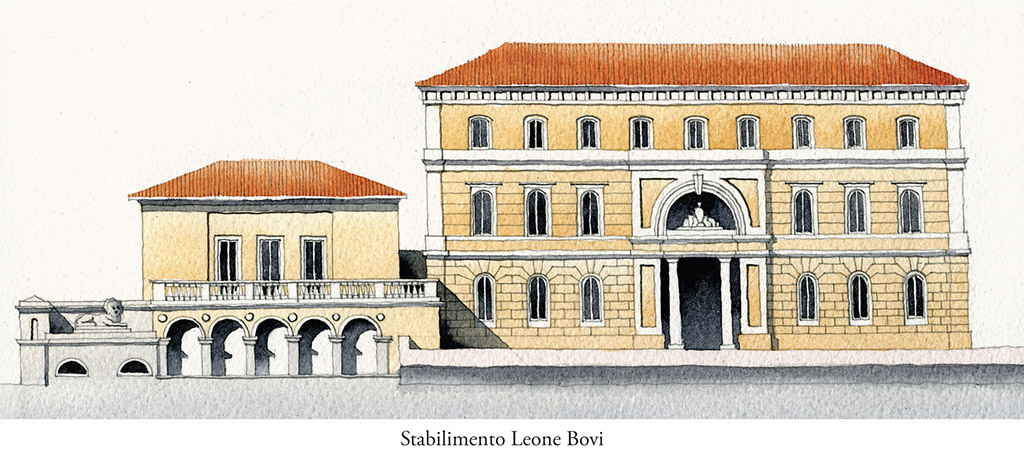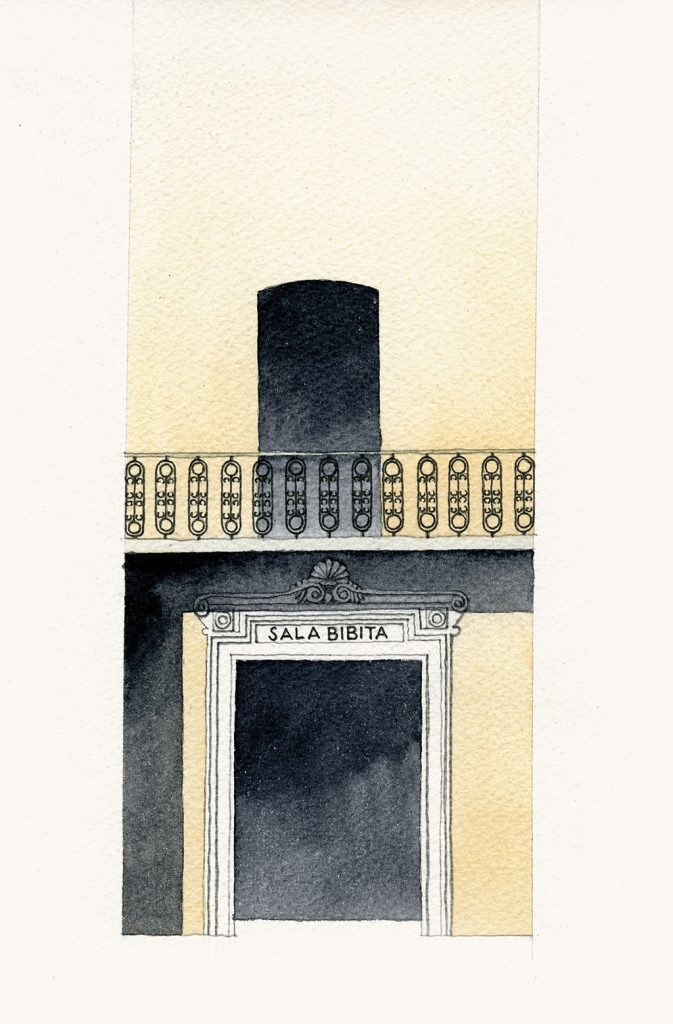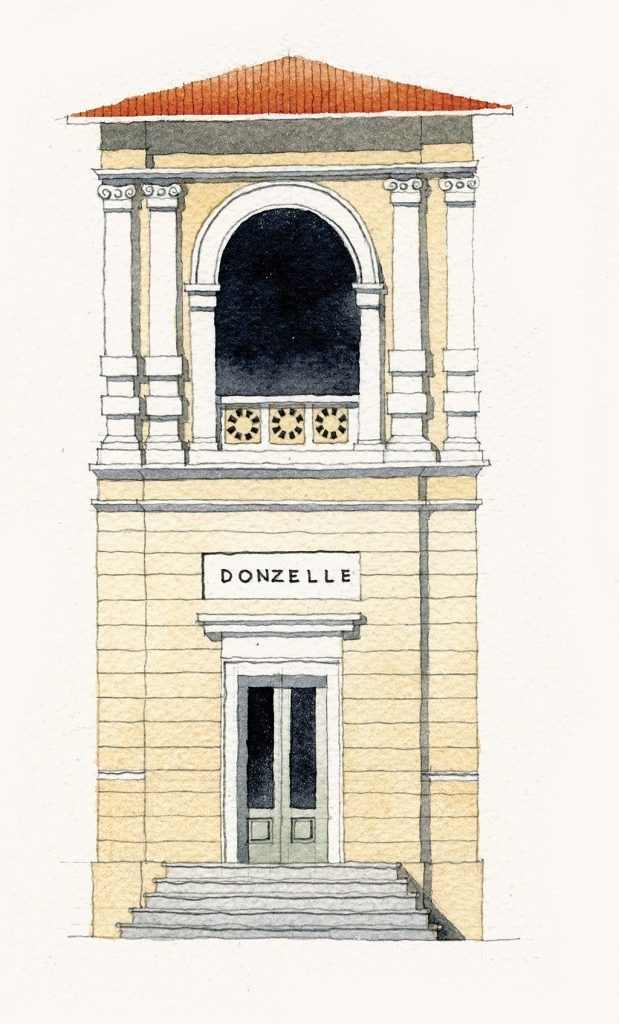
The ancient complex of
Terme Alte of Porretta
A hidden gem that is unique, incomparable, and unrivalled
still regarded as a healing powerplace since millenials among the best in the world
INTRODUCTION
Situated in the heart of the Tuscan-Emilian Apennine mountains, the magnificent “Terme Alte di Porretta” are a hidden gem that is unique, incomparable, and unrivalled. At their core, health-giving waters have been springing and running for thousands of years; along with its historical heritage and buildings of great traditions. In this place several salsobromoiodic springs emerge from which the Marte Reale, Donzelle and Leone-Bovi spas all take their names. The buildings overlook a small square in the centre of which is a small fountain with a basin, now all in disuse and closed to public.
They were a destination of choice for kings and queens, nobles, intellectuals, and artists between the nineteenth and twentieth centuries; one of the finest periods of splendour of the Baths. The springs and its surroundings have been celebrated, devoted, and described for their amazing healing and medicinal powers as well as their beneficial natural properties, by world famous artists, intellectuals, singers, writers, and musicians.

Celebrated in poetry, literature, music, photography and in paintings, it was regarded for decades as a sought-after place for artists and musicians to come for unique treatments and natural cure through the thermal water and baths. Creating and participating in the social and cultural engagements happening around the thermal baths, along with festivals, music, sports, and education that they brought… - and still does.
Aim and Mission: of the Terme Alte di Porretta American friends fund project is to recover, preserve and re-opening of the structure. Safeguarding the amazingly powerful waters unique in the world for its healing and curing property, the historical buildings whilst also returning a treasure to the community and a place to artists, both national as international.

A truly magical place for artists to prosper, meet, benefit, and grow through social engagement, education, knowledge, activities, and a place to be cured in a natural everlasting way
HISTORY
The Terme of Porretta: a story of thousands of years of people’s health and healing through the powerful natural water springs with their unique medical properties. When the men of Etruria from Tuscany travelled to Felsina-Bologna or Spina-Ferrara for their trade, they passed through the Rhine valley and, at the confluence of the Rio Maggiore in the Rhine, encountered the place where the hot waters still flow today.
These springs smoked in winter due to steam condensation: a fabulous place, full of charm where they bathed in hot water even in January and drank it. Many were cured of their illnesses and donated votive offerings to the god presiding over the source, such as the bronze votive hand that has come down to us, which testifies a healing of the skin. In that period, I-II century BC, there was no inhabited centre in the area where Porretta now stands, only the springs did exist. People come to these places for health reasons and to give thanks. I century BC we have a water sanctuary in Porretta, also known as a fontile sanctuary, i.e., a place where people came, immersed themselves in thermal water, drank the thermal water and asked for healing from the God, the Naiade, or the spirit who, according to Roman culture of the time, presided over the springs.
Another characteristic historical find is the lion’s mask (probably dated I century BC) which was placed above the spring where the water of the homonymous spring flowed

In this place throughout the two thousand years that separate us from that remote fact many women and men have come in search of serenity and healing. During the Renaissance, it was the high society of the lords of Bologna who spent joyful hours along the banks of the Rio Maggiore and Reno rivers, drinking the waters and bathing in them several times a day.
Later in the 19th century, it was the arrival first of the carriage road in 1847, then of the railway in 1864 that led to an even greater influx. It was in those years that the square of the Terme Alte, nestled in the narrow gorge of the Rio and surrounded by the Apennine woods, was transformed into the centre of spa life, where ladies of high society and Italian and foreign aristocrats, artists, writers, intellectuals, and others would meet to sit at a table and enjoy the afternoon coffee-concert every day.
It is here that the sources of the Leone, Marte, Reale and Bove gush forth, which were and still are used today for drinking, bathing, mud baths and many other cures with these marvellous waters, which draw their precious mineral principles from the depths of the earth.
During World War II Porretta saw a significant part in holding the line and the resistance. They suffered tremendous loss. Nearby the Gotica line. There are both the US war cemetery and the Germain war cemetery nearby. Every year patriots and relatives come and give grace to the courage and memory of there loved ones and to remember from history.

FUTURE PLANNING - AS IS - TO BE
The aim is to restore, re-open and return the magnificent structure to the community, to artists, to visitors for studying and preserve in the best possible way the access to natural cure and wellness through what we believe to be some of the best healing waters existing. The historic thermal heritage Porretta terme Alte has undergone a slow and inexorable process of decay in the last three decades up to the current state of complete abandonment despite its historical significance and interest. We need to reverse this trend, in order to recover a unique heritage important for its unique water reservoir and social cultural engagement. The abandonment of historic buildings that were once elements of identity, tradition, and points of reference for the community is increasingly frequent, leaving large “voids” within the cities as well as loss of history and important cultural heritage. It is therefore necessary to find specific answers for these historic architectures designed ad hoc for the context, for the community and for its changing needs. The mission intends to give a vision of a different future and return the historic heritage to the community, re-open and re-use again, as well as safeguard a precious asset, thermal medical water, considered unique in the world.
We have defined a project strategy, which can be applied coherently to the various parts in order to intervene with awareness of the heterogeneity of the various environments and achieve a beautiful result in respect both from the historical architectural point of view and in terms of functionality and compliance with today’s standards and artistic uses. In defining the strategy, the choice was made to start from the concept of “village” which well frames the conformation of the complex. A village, in fact, is always a complex organism, that is, it is a sum of parts that work optimally together. From this point of view, the value of the Terme Alte complex is recognized mainly as a whole, in its entirety and the recovery designed in 3 different phases, well-connected and interacting phases, with projects and reusage while the spaces are restored and reactivated, inside and outside. This logic is based on a temporal sequence which, for the realization of the interventions spread over time, will not impede the functioning of the already completed part.
A clear plan for PHASE I, PHASE II AND PHASE III is ready. The interventions begin in the Leone-Bovi building and the related basements. At the same time, by reactivating the Leoncino as a public space and making the connection between the structure and the town accessible, the complex is reconnected to the community of Porretta and the external public, visitors, artists. Subsequently, the intervention can be carried out in the buildings on the hydrographic right of the complex, FASE II, and FASE III inside the Marte and Donzelle establishments. These interventions are followed by the route with external terraces. From a planning and economic point of view, a 3-phase implementation timeline allow to create a gradual and well-organized use of
the facility in a continuous way and to involve philanthropists, private and public, artists, intellectuals, and the community in the outmost way.
WE ARE LOOKING FORWARD TO MEET WITH ANY AMERICAN INTERESTED IN THE PROJECT AND WE WILL HONOR THE INTEREST SO YOU ARE PROUD TO GIVE AND LOVE TO COME BACK. THANK YOU!
THE WATERS
Probably the best thermal waters in the world, unlikely and unique in having 12 thermal springs, with 28 dissolved salts and mineral curing 26 diseases in a natural way, known since thousands of years and still running from 5 thousand meters beneath the Tuscan-Emilian Apennine mountains. There is nothing like it on planet earth. It is a true treasure for the world heritage and the importance and knowledge about water and thermal healing water sources.
A benign nature, a healthy environment and leafy woods characterise the area where the 12 thermal sources of the Porretta Terme reservoir flow. Sources of different composition, in some cases very different, divided into two groups:
- the first warm (26/29 °C), rich in bromine, iodine and very salty, located in the historic setting of the Terme Alte, in the basement of evocative Art Nouveau buildings - the second lukewarm (21/28 °C) located in the lower thermal baths rich in chlorine, sulphur and hydrogen sulphide, a gas beneficial for mucous membrane and skin treatments
Both contain methane, the bubbling of which helps them to rise from the main reservoir at a depth of about five thousand metres.
With their 28 dissolved salts, they allow treating 26 pathologies in a natural way.
The treatments in this natural oasis can be complemented by walks and emotional trails where relaxation and rest enhance the benefits.
THE PLANNING


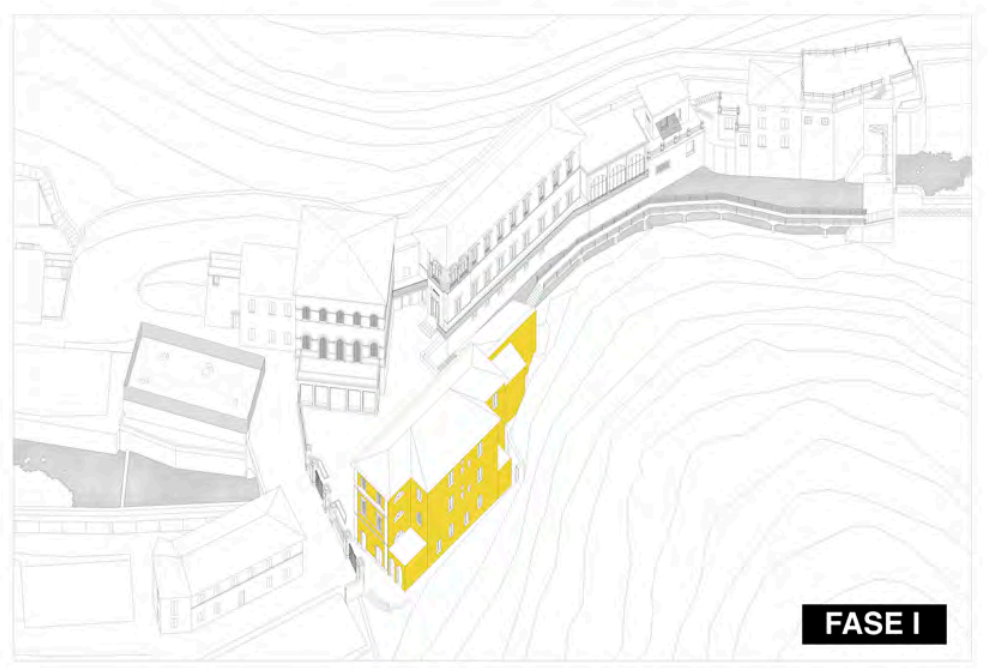
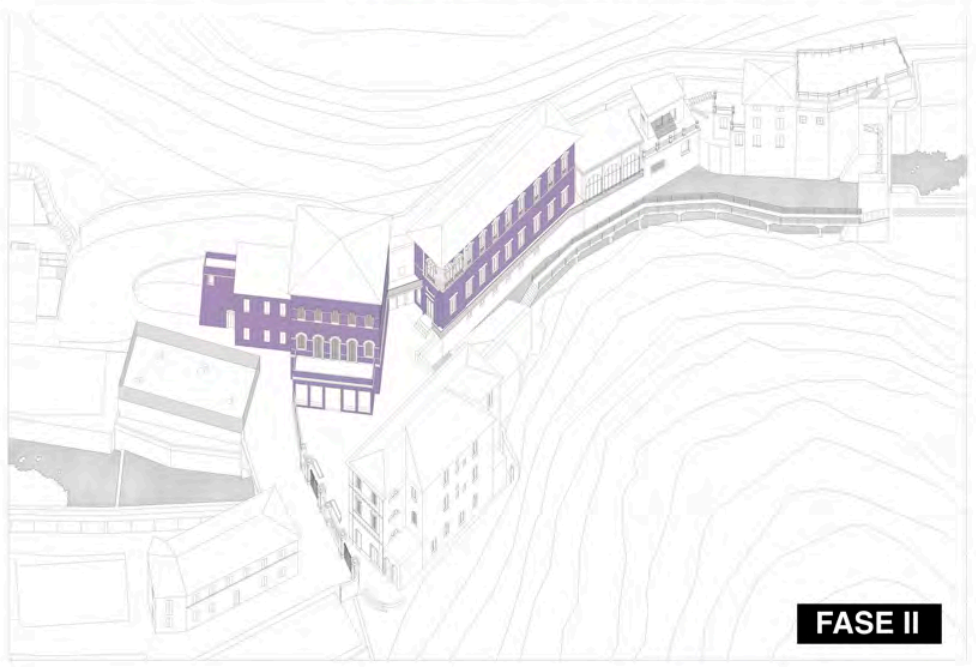
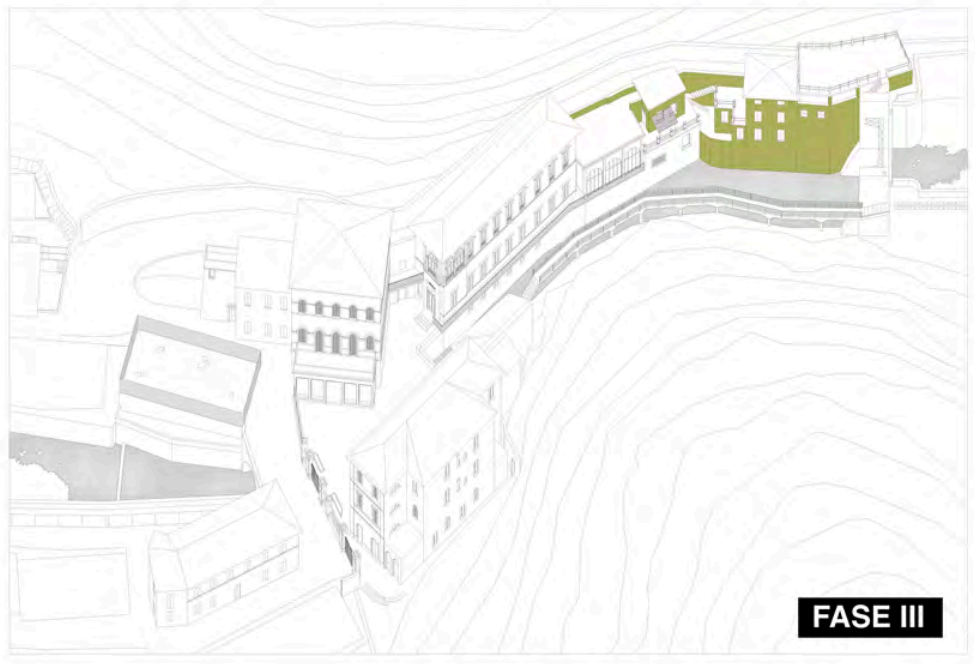
CURIOSITY:
Porretta, with its rich traditions, undoubtedly holds a pivotal role in various domains, rendering it more exceptional and internationally significant than one could ever imagine. The town's enogastronomic heritage is renowned globally, featuring delicacies like Tagliatelle, tortellini, Porcini mushrooms, Appennines blueberries, San Giovese wine, organic meats, rare green leaf varieties (including Portulago salad rich in Omega 3), polenta, salami, and a diverse array of cold cuts.
The Transappenninica railroad, established in 1864, was a monumental achievement, connecting the Appennines with Florence and Bologna. This ambitious project, a collaboration between Austria, Italy, France, and engineered by the pioneering French engineer Jean-Louis Protche, introduced the curved tunnel principle, effectively resolving the challenges of crossing the Appennines. Even today, it stands as a testament to technical innovation and audacity, foreshadowing the development of spiral tunnel techniques.
FASHION AND STYLE:
At the heart of the Apennines, you'll discover Piquadro, a leading Italian fashion house renowned for its leather goods, including bags, luggage, and accessories. In close proximity, in Gaggio Montano, lies the birthplace of some of the world's finest coffee machines - Saeco.
Furthermore, Porretta boasts a rich tradition in metal mechanics, home to some of the foremost companies in the field. Their precision components are integral to both national and international high-precision structures and projects.

